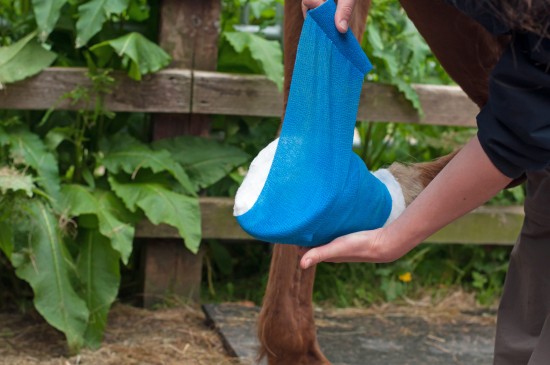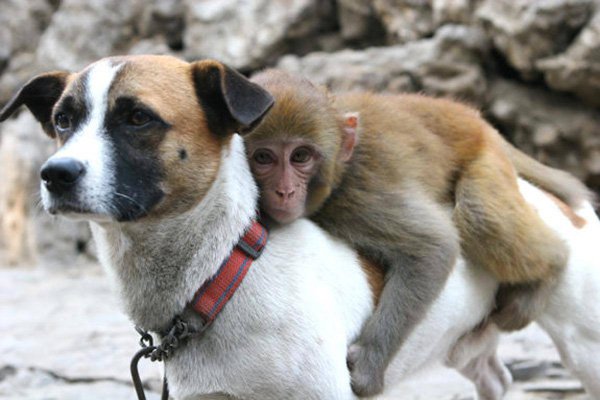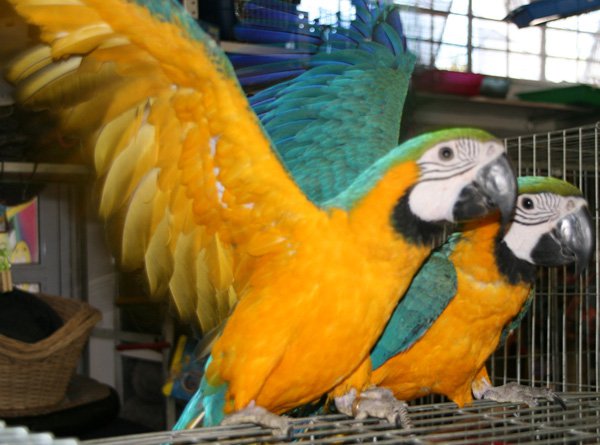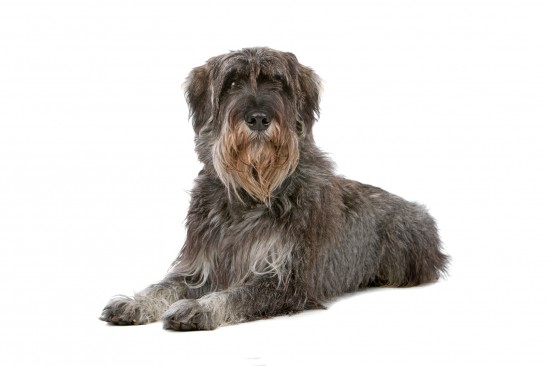
All canines are going to age. There is no one breed that will never age. Since this is the facts of life it is important to look at how to make your older canine as comfortable as you possibly can. This means after you have prevented most diseases, found an understanding in the signs of aging you have to find a way to make them comfortable with out allowing them to be lazy or becoming an invalid.
You can also make sure that you continue to groom them on a daily basis. To get the oils in the canines skin and hair to secrete brushing is often need to stimulate this. You can brush them on a daily basis with a softer brush and help to get those minerals out. You may even find that there are some foods and treats that are to help promote healthy hair and skin for your canine. It basically supplies the enzymes they need to produce the oils.
While I am sure you have always checked for fleas and ticks you should continue to do so. You may want to look every day if they have been outside a lot. You will find that fleas and ticks offer tapeworms, Rocky Mountain Spotted Fever, Lyme disease, and other aliments like allergies. Your older canine is going to be less resistant to these bugs and this can cause an increase in early death or illness.
You should also reduce the calorie intake you provide for your canine. Most often as a canine ages they become more lethargic. This lethargy can help the weight gain of your canine and make them uncomfortable. If you provide the proper diet for older canines you can reduce the risk of weight gain and other health issues. You want to make sure that you provide a food that will help with digestive issues as well. Sometimes as canines get older their systems are more sensitive to the various foods they are given. You may need to eliminate these foods or try gas medications.
Yes there are times when your canine will have a hard time walking and they may be susceptible to the temperature changes, but you shouldnt allow them to not walk on a daily basis. You should still allow your canine to get that walk they need. The walk can just be five or ten minutes three times a day. This gives them an opportunity to get exercise and can be combined with the whole bathroom process. You can also allow for a little play time with their favorite toy. Treats can help you coax your canine outside. It may take a few minutes for the stiffness to leave the limbs so allow them to stand, but not sit or lie down when you are about to head out.
Part of providing comfort is also making sure that there is some place they can lay in the house besides the floor. The floor will help the stiffness in the limbs to become more pronounced. While they may have had a bed in the bedroom or their living area to sleep on at night you can also add a few other canine beds around the home. You can give them more comfortable places to lie down when they need a nap to help those limbs feel better. The bed should be a thick pad, blanket, or canine bed you pick up at the pet store.
 DIY Healthy Dog Treats
DIY Healthy Dog Treats
Less preservatives and
DIY Healthy Dog Treats
DIY Healthy Dog Treats
Less preservatives and
 Essential Items For Your Horse First Aid Kit
Essential Items F
Essential Items For Your Horse First Aid Kit
Essential Items F
 Give your birds the perfect protection habitat in chicken coops
Give your birds the perfect protection habitat in chicken
Give your birds the perfect protection habitat in chicken coops
Give your birds the perfect protection habitat in chicken
 All You Need To Know About Cocker Spaniel
All You Need To Know About Cocker Spaniel
Cock
All You Need To Know About Cocker Spaniel
All You Need To Know About Cocker Spaniel
Cock
 Giant Schnauzers - Clip Or Strip?
Giant Schnauzers
Giant Schnauzers - Clip Or Strip?
Giant Schnauzers
Copyright © 2005-2016 Pet Information All Rights Reserved
Contact us: www162date@outlook.com